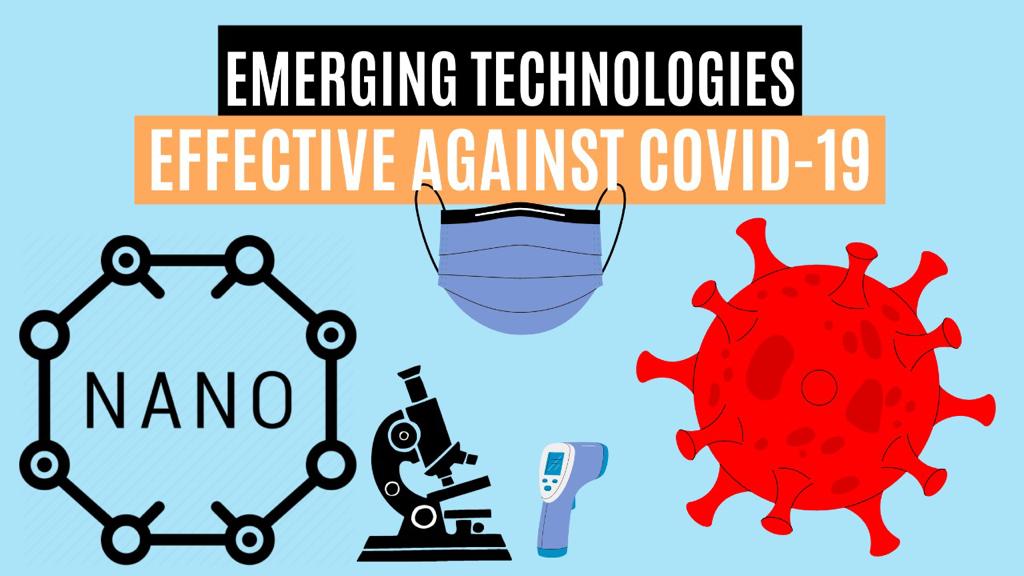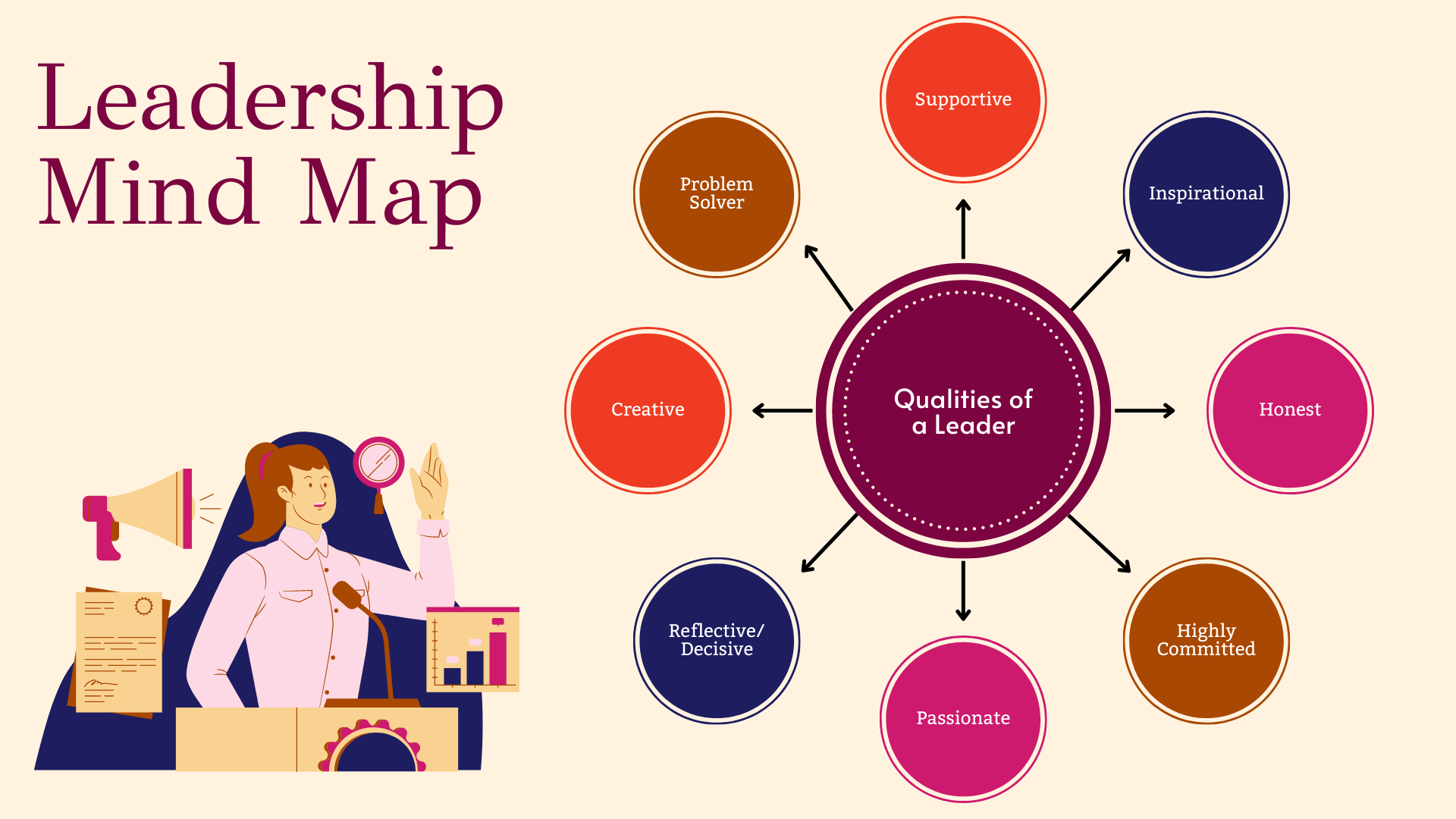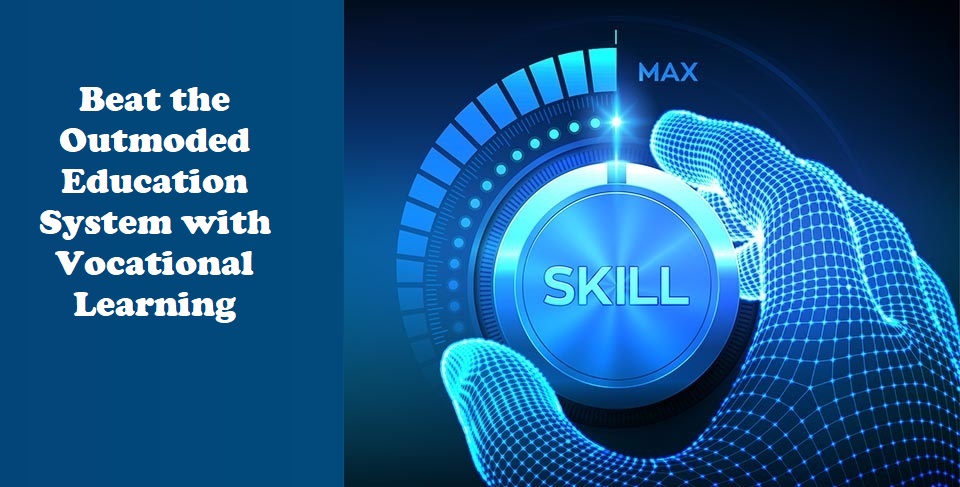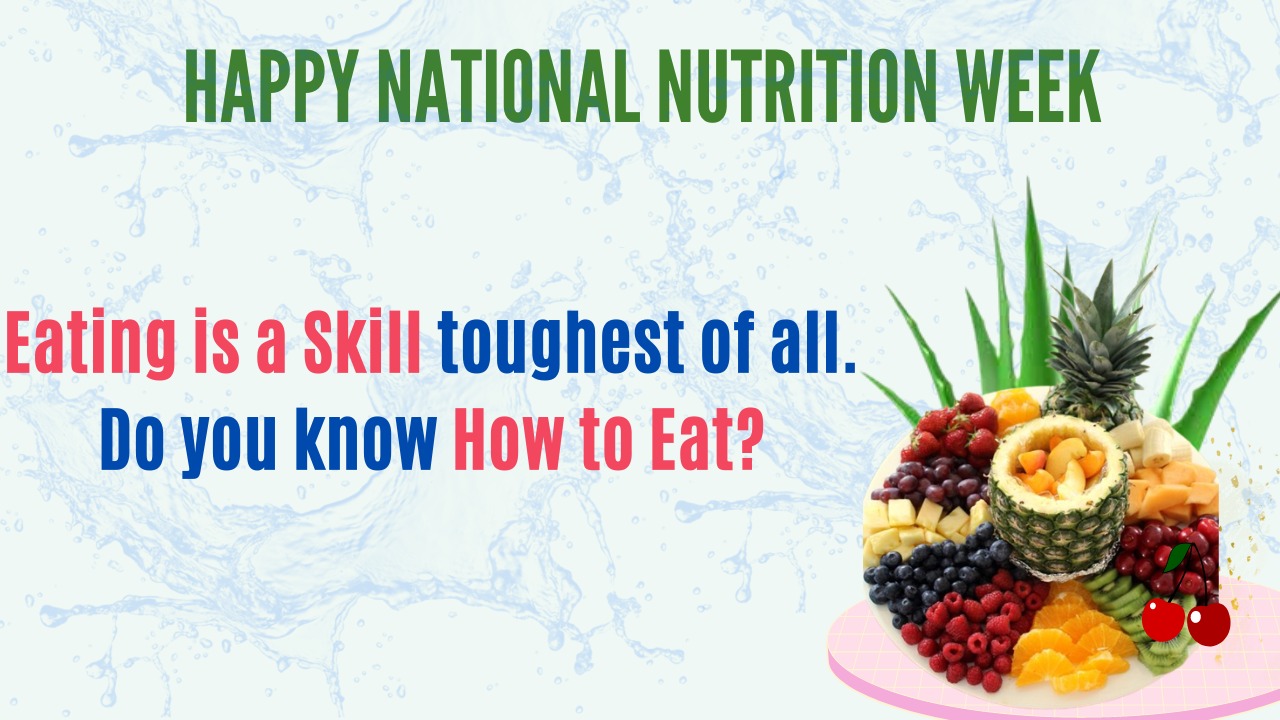Can Academia, Startups, and Companies play a Pivotal Role in combating this Pandemic by bringing Scholars, new technologies and innovative products together on a Single Platform?
The novel coronavirus SARS-COV-2 is an extremely dangerous and rapidly spreading highly infectious disease. It is made up of the Ribonucleic acid (RNA) genome having a high mutation rate. If not given timely medical help, it affects airways and lungs, causing pneumonia which can lead to breathing problems and ultimately death of the infected person. Loss of smell and taste, fatigue, experiencing joint and muscle pains, and getting tired easily are some of the observable post-effects experienced by people recovering from Covid -19.
Nanotechnology and its applications in Biosciences
Nanotechnology can be used as a Vital Tool for controlling the growing pandemic and in the treatment of this viral infection. Nanotechnology is the study of those areas of science and engineering, where activities take place in dimensions that are usually in the nanoscale (≼100 nm).
Nanotechnology or nanoscience has various advantages over macroscopic and microscopic materials. This is because it’s possible to tailor the structures of materials at extremely small scales to achieve specific properties. Many of these applications result in the formation of new materials which have radically different properties from the original elements in bulk form. This occurrence takes place because due to their small size nanomaterials possess this remarkable attribute of ‘the very large surface area to volume ratios experienced at these dimensions’.
Bioscience utilizes nanotechnology in its various facets of pharmaceuticals and its products, drug delivery systems, diagnostics and therapeutics throughout the industry.
Nanosensors are any biological, chemical or surgical sensory points that transfer information in the form of signals from nanoparticles; detecting, processing and analyzing them with current technologies. There are different types of nanosensors and more are being developed in line with the requirements most notably in defence, environment and healthcare. All of these share the same basic workflow and principle of input and working: selective binding of an analyte, signal generation from the interaction of the nanosensor with the bio element and generating the results by assessing the obtained data.
Biosensors are integrated analytical devices that combine a biological recognition element with a physical transducer that is used to convert a biological response into processable electronic signals. Enzymes, cells, aptamers, deoxyribonucleic acid (DNA) and antibodies are some examples of receptors whilst electrochemical, electro-optical, acoustical, and mechanical transducers are among the many types used in biosensors. They have to be specific, easy to operate, reliable, highly sensitive to changes and have a rapid detection mechanism.
Biosensors serve as unique tools for the investigation of pharmacologically active compounds. Biosensors can be applied to quantitative analysis of drug compounds and in the study of drug–bio component interaction and its various impacts.
Nanobiosensors are a result of the integration of nanomaterials in these biosensors (designed to detect or quantify a biomolecule such as a particular DNA or RNA sequence, enzymes or a particular protein) makes them more portable, highly sensitive, and more economical. Moreover, these sensors can easily be employed for selective and specialized detection as they use biomarkers for diagnosing diseases, determining the physiological state of the disease.
Nanomaterials generally used include metallic nanoparticles, dendrimers, carbon nanotubes, silica nanoparticles and nanomembranes
These days nanodiamonds, quantum nanodots and combinations of properties of different nanoparticles to obtain a synergistic effect turned out to be fruitful in serving our purpose.
Key technology role and usage in context to COVID-19
A virus has a core made up of genetic material either DNA (double-stranded or single-stranded) and usually single-stranded RNA, surrounded by a protective protein coat called a capsid. They can’t replicate on their own and use the host machinery to make multiple copies of themselves.
Nanoparticles such as gold and silver or nanocomposites can be used to design multivalent nanomaterials as they can interact and bind to the spike protein of the virus and stop its replication.
Important factors that we can take note of to tackle COVID-19 are listed here-
- The size of nanoformulation should be such that it has enhanced system bioavailability i.e. it should be present in the blood for a long time after consumption (circulation time and drug retention time).
- Surfaces of nanoparticles should be functionalized with specific ligands to achieve specific and speedy recognition for different cellular receptors of a cell.
- Nanomaterials have to be coated with natural or synthetic polymers so that they are well tolerated by the human body i.e. they have to be tested for hemocompatibility, cytocompatibility and neurotoxicity as well.
- Enhanced solubility, the tunable surface charge of the nanoparticle which facilitates cellular uptake and further modifications required for drug encapsulation, time-mediated drug release and study of the pharmacokinetic profile obtained give us an idea about the credibility of the system and improvement in drug design.
- Nanomaterials are preferred above all of the techniques because of their property of targeted drug delivery i.e. they can differentiate between normal cells and infected cells. Nanobiosensors recognize affected cells using signalling mechanisms and selectively induce apoptosis in them with low toxicity mechanisms.
- Recombinant Nanoparticle Vaccine technology makes RNA-based vaccine or DNA-based vaccine according to the type of genetic material a virus has. Most viruses use RNA or DNA as the genetic material and hence named RNA viruses or DNA viruses. Nanoparticles are used to pack the RNA or DNA and deliver it within the body i.e. nanoparticle-based carriers work using diverse nanomaterials which include inorganic self-assembling materials, organic protein and polymer conjugates and a combination of both.
- Production of effective disinfectants using nanosilver and nanopolymers for effective cleaning of isolation ward and personal protective equipment has been employed to use eg. Virosafe. On similar guidelines, nanoparticle-infused fabrics can be used in medical masks and clothing materials to halt the process of spreading coronavirus.
- Limitations include agglomeration, non-specific cellular uptake and improper biodegradation of nanomaterials inside the human body.
Gene-Editing Technologies
With developing, concerning respect to a pandemic, this technology can edit DNA, opening up the potential for making vaccines, thus helping humans fight against viruses.
Clustered Regularly Interspaced Short Palindromic Repeats (CRISPR) are sequences derived from DNA fragments of bacteriophages that had been previously infected by viruses.
These can be used for genomic editing i.e. engineering human DNA sequences that can be edited (i.e. additions and deletions made) and turning genes on and off i.e. CRISPRa and CRISPRi respectively.
ZFN and TALEN are some other used genome editing tools
Key technology role and usage in context to COVID -19
- Gene editing has recently emerged as antiviral therapeutics either by altering the host genes required by the virus or by targeting the viral genes necessary for replication. It also directly interferes with targeted effectors which can be reprogrammed to aid mammalian cells defending against both DNA and RNA viruses.
- CRISPR-Cas9 and CRISPR-Cas13 technologies and CRISPR- based diagnosis is playing an essential role in treating infectious diseases in a faster and inexpensive way majorly helping us fight latent, stable, rapidly mutating and persistent viruses.
- A CRISPR-Cas13-based strategy under the name PAC-MAN (Prophylactic Antiviral CRISPR) for viral inhibition can effectively degrade SARS-CoV-2 sequences and its emerging pandemic strains.
- The safety and long-term effects of gene-editing are still in question because once the process of altering the genetic code gets completed, there is no going back.
Precise medicine for every individual and accurate diagnosis of the disease is possible only through gene-editing technologies.
Synthetic Biology
Synthetic biology (in-vitro) is a field of science that involves redesigning organisms using bioengineering, genetics, molecular biology, and computer science for useful purposes such that they possess new abilities and better survival instincts (in the case of human beings). They use microorganisms, plants and other living beings to synthesize the human genome.
Long stretches of DNA are stitched together and inserted back into an organism’s genome. These synthesized pieces of DNA could confer their carriers with entirely novel traits and capabilities unseen before.
This science can also be used to alter the genotype of viruses and can be employed successfully in the development of drugs and vaccines.
What is a vaccine?
It is a cloned DNA sequence or synthetic protein from which the virulence of the actual virus has been removed.
Key technology role and usage in context to COVID-19
- This concept can be used to design artificially engineered vaccines.
- Many different copies, hence obtained, can help scientists to keep up with the outbreak’s unpredictable path as they can be sequenced, their structure and efficacy determined, then re-engineered according to different virulent strains.
- Pseudo-virion versions of the disease can be examined without posing a significant risk, to discover antibodies against the disease.
- A vaccine that is developed through synthetic biology is highly scalable to millions and does not present major challenges in its storage and transport.
Deployment of Telehealth Technologies and Management Systems
Do you know the difference between Telehealth and Telemedicine services? According to you, are they the same or different from each other?
The term telehealth is used to include medical management, administrative facilities, patient care, and put “the whole online healthcare delivery system” under one umbrella. Telehealth on a broader basis comprises both educating and training individuals as well as its implementation. All technologies, services, and operations involving healthcare are grouped under this category.
Telemedicine is a fragment under telehealth that constitutes services available to both the provider and the patient from far-off remote places through technology-enabled platforms and devices physically interacting with each other.
Thus, telemedicine comprises only clinical services but telehealth encompasses all – both clinical and non-clinical trials.
Telehealth services help provide necessary care to patients while minimizing the transmission risk of the virus to healthy individuals.
Current scenario of India
- Overcrowded and Overburdened hospitals
- lack of sufficient doctors, caregivers, medicines and oxygen cylinders
- Availability of few vaccines to billions of people
- Government, system and people insufficiency in controlling the pandemic
- Poor infrastructure and facilities in remote areas of our country
- Inadequate knowledge about Covid-19 amidst people
- Casual approach and behaviour towards pandemic and lack of precautionary measures
Can have some alternative solutions:
Key technology role and usage in context to COVID-19
- Video conferencing and updates about a particular patient’s health using webcam enabled computers, laptops, smartphones and chatbots can be collected and saved for further consultations.
- Online system platforms and applications ensure remote transmissions of diagnosis, evaluations, treatment strategies and real-time monitoring of infected person health face-to-face avoiding common meeting ground. This has contributed to controlling the spread of the virus and promoting home quarantine and social distancing.
- It is cost-effective, time-saving provides safe and convenient access to more than one doctor especially in the case of emergency and vulnerable patients. Immediate treatment can be started and many lives saved.
- Virtual technologies that employ Artificial intelligence and Medical Robotics install inbuilt applications in their software consisting of online self-checkers – Virtual stethoscopes. Wireless scales, Thermometers, Digital otoscopes and Pulse oximeters are very important for continuous monitoring of oxygen levels during these covid times. All data needs to be noted down and shared with professionals from time to time daily.
- Arogya setu app India covid-19 digital tracking service for contact tracking and tracing infected individuals based on their records. This application calculates the risk factor based on recency, proximity and time of exposure. This tracker keeps you updated and alert by timely informing you about your vicinity and the number of people present in your surrounding area.
- Hospitals are now distributing masks, provisional kits, oxygen cylinders and concentrators if available with them. Home ICU Setups should be supported, encouraged and proper training to operate them must be provided to primary care providers through professionals in that particular area.
- This technology has played a major role in empowering doctors, administrators and emergency healthcare services in India as now they connect and share information of prime importance at a pace that was not attainable before.
- Major drawbacks include high-speed internet access and robust IT support. Availability of doctors around the clock to all citizens of India should be made feasible.
- Limited access to technology by socioeconomic weaker sections and underdeveloped regions of our country is another problem and utmost care should be taken to resolve this issue. as soon as possible
Proposals for Viable Developments
Patients infected with this novel strain of coronavirus frequently show microbial dysbiosis and a decrease in probiotic bacteria. Also, they tend to develop complications of acute organ injury and secondary infection of any microbial origin. Recently; black (mucormycosis), white and yellow fungus cases have emerged in all parts of India.
Conclusion:
As we know, the conditions of our country are deteriorating day by day. So, to obstruct the viral infection from spreading further proper diagnostic facilities and investigations, therapeutic interventions and effective drugs have become the need of the hour. As the older technologies are becoming obsolete and not being able to meet our current requirements; we should promote the development of newer ones with more potential prospects offering long-term solutions to problems faced in the current scenario.
How useful was this post?
Click on a star to rate it!
Average rating 4.5 / 5. Vote count: 2
No votes so far! Be the first to rate this post.








